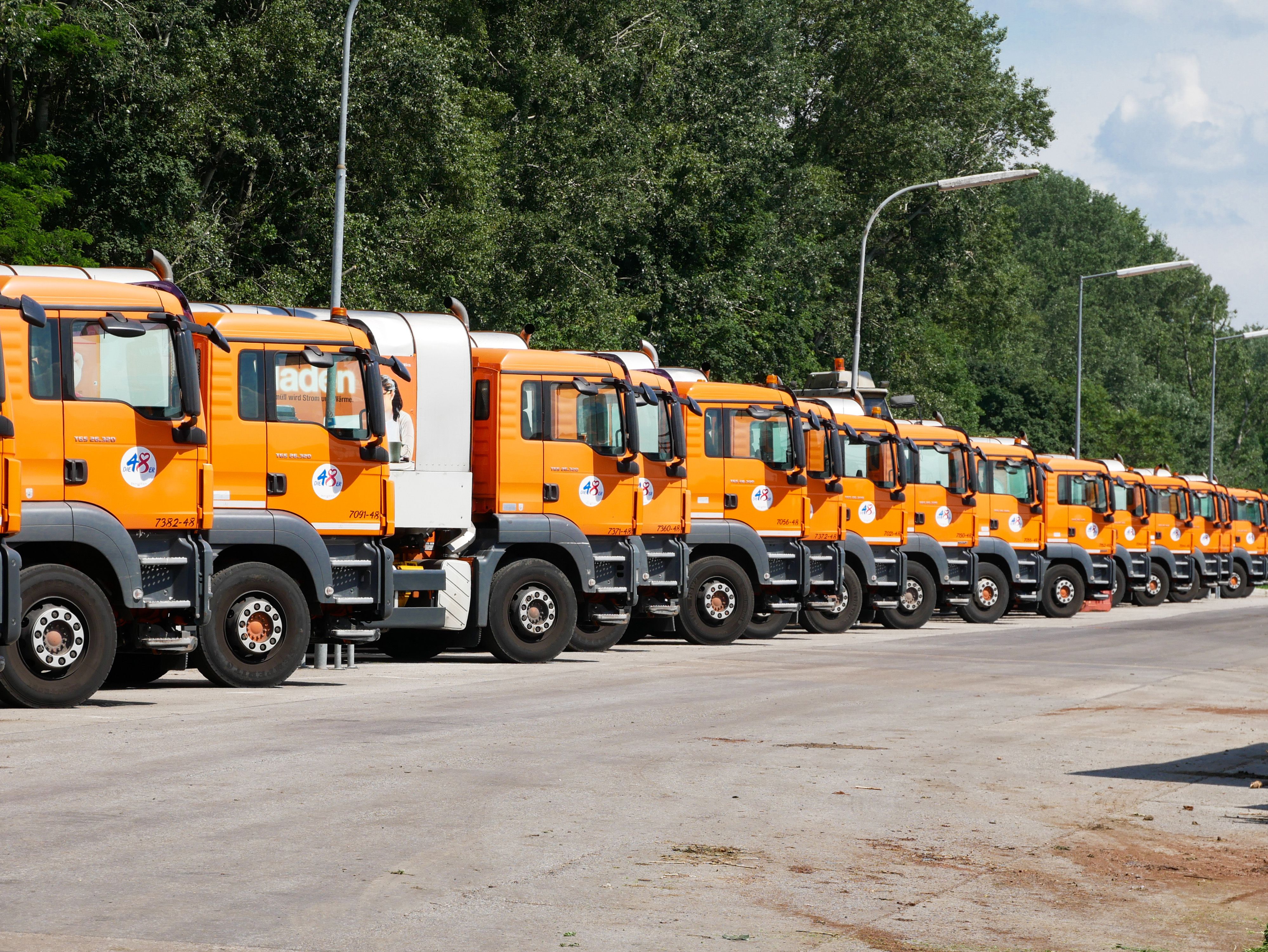Electric and Autonomous Vehicles
The Revolution of Routing and Logistics: How Electric and Autonomous Vehicles are Transforming the Sanitation and Trash Industries in the United States

The rise of electric and autonomous vehicles has the potential to revolutionize the routing and logistics industry. With reduced emissions, improved safety, and the need for new infrastructure, these technologies are poised to have a significant impact on various industries, including the sanitation and trash industries in the United States. This blog post will explore the potential effects of electric and autonomous vehicles on routing and logistics software and discuss the implications for the sanitation and trash industries.
Reduced Emissions
One of the primary benefits of electric vehicles (EVs) is their ability to reduce greenhouse gas emissions. As the transportation sector is responsible for a significant portion of global emissions, the widespread adoption of EVs can have a substantial impact on mitigating climate change. This is particularly relevant for the sanitation and trash industries, as waste collection vehicles are known for their high fuel consumption and emissions.
By transitioning to electric waste collection vehicles, the sanitation and trash industries can significantly reduce their carbon footprint. This not only benefits the environment but also aligns with the increasing demand for sustainable practices from both consumers and regulators. Additionally, routing and logistics software can optimize routes for electric vehicles, taking into account charging station locations and the vehicle's range, further enhancing the efficiency of waste collection operations.
Improved Safety
Autonomous vehicles (AVs) have the potential to improve safety in the routing and logistics industry. By relying on advanced sensors, cameras, and artificial intelligence, AVs can navigate through traffic more efficiently and safely than human drivers. This is particularly beneficial for the sanitation and trash industries, as waste collection vehicles often operate in densely populated urban areas with complex traffic patterns.
The integration of autonomous waste collection vehicles can reduce the risk of accidents and improve overall safety in the industry. Routing and logistics software can also be adapted to accommodate autonomous vehicles, ensuring that they follow the most efficient and safest routes. This can lead to a reduction in the number of accidents involving waste collection vehicles and improve overall road safety.
New Infrastructure Needs
The widespread adoption of electric and autonomous vehicles will require new infrastructure to support these technologies. For the sanitation and trash industries, this includes the development of charging stations for electric waste collection vehicles and the implementation of communication systems for autonomous vehicles.
Routing and logistics software will need to be updated to account for these new infrastructure requirements. For example, software can be designed to optimize routes based on the availability of charging stations, ensuring that electric waste collection vehicles can operate efficiently without running out of power. Additionally, the software can be adapted to communicate with autonomous vehicles, providing real-time updates on route conditions and traffic patterns.
Impact on the Sanitation and Trash Industries
The adoption of electric and autonomous vehicles in the sanitation and trash industries can lead to several benefits, including reduced emissions, improved safety, and more efficient operations. However, these technologies also present challenges that need to be addressed, such as the development of new infrastructure and the adaptation of routing and logistics software.
Companies in the sanitation and trash industries will need to invest in electric and autonomous vehicles, as well as the necessary infrastructure to support them. This may require significant upfront costs, but the long-term benefits of reduced emissions, improved safety, and more efficient operations can outweigh these initial investments.
Conclusion
The impact of electric and autonomous vehicles on routing and logistics is undeniable, and their adoption in the sanitation and trash industries promises to revolutionize the way waste collection is carried out in the United States. By embracing these technologies and adapting routing and logistics software to accommodate them, the sanitation and trash industries can significantly reduce their environmental impact, improve safety, and enhance the efficiency of their operations. As we move towards a more sustainable and technologically advanced future, the integration of electric and autonomous vehicles in these industries will play a crucial role in shaping the future of waste management.